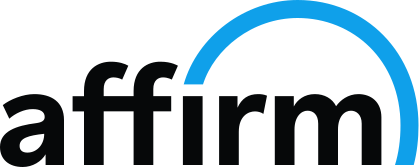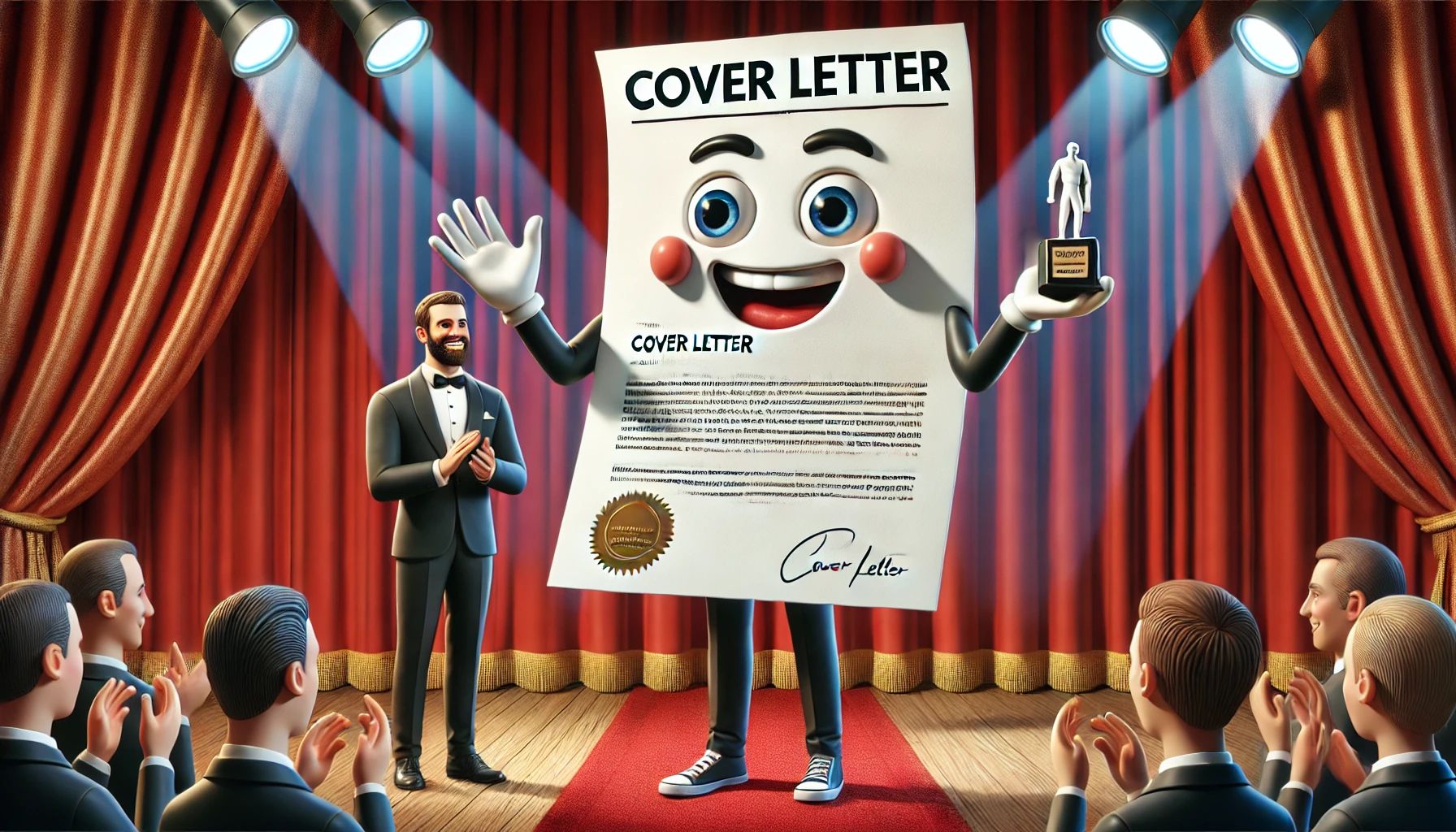
Resume Summary Tip 1: Communicate Value Instead of Skills
I know that on the surface this may seem like the same thing. But the key to the difference lies in application. It is not enough to simply provide a laundry list of skills on your resume that you offer. The goal here is to convince your reader that your skill set has some tangible application that will help them achieve their objectives for the position. The responsibility for communicating this probably within the resume does not lie with the reader, it lies with you. After all, it is you looking for the job , correct? Use phrasing and language that utilizes those skill sets to convey how their application can help the potential employer meet their goals.
Resume Summary Tip 2: Avoid Overselling Soft Skills
Now this is a common mistake that we see with the novice resume summary. Job seekers all too often litter their resumes and cover letters with prose that it’s rather vague and general in nature. This type of content often says nothing specific about the ability to do the job in question, but rather touches on qualities that not only can be applied to any position and industry, but would also be claimed by any and everyone. Let’s face it, if there is a concept being addressed on a resume that everyone would claim, but the reader knows everyone does not possess, then you are simply wasting space. As much as you can, stick to the core of the qualifications required by the position when writing your resume summary. Trust me, the fact that this area of resume is high on the relevant scale will already put you above most of the competition. Additionally, the databases and applicant tracking systems will love you for this. If you are a software engineer, that database is more likely to select you because of a phrase that includes “software development life cycle” one that contains “team player”.
Resume Summary Tip 3: Include Your Most Powerful Highlights
This strategy depends somewhat upon how many special projects, highlights, accomplishments and accolades you have to communicate in the resume. I have had clients in the past with so many under one position that including them all under that one entry simply looked a little awkward. Taking some of those extra highlights and moving down underneath the resume summary can allow you get all of them in without degrading the document visually. As we know, the impact items are usually what sets you apart from your competition. After all, if you are resume consisted of nothing but job description, your resume can easily look like anyone else’s with the same background. So we want to hit them with impact in the resume where we can. Distributing some of them within the resume summary is a good way to deliver the full payload in a less intrusive and distracting fashion.













